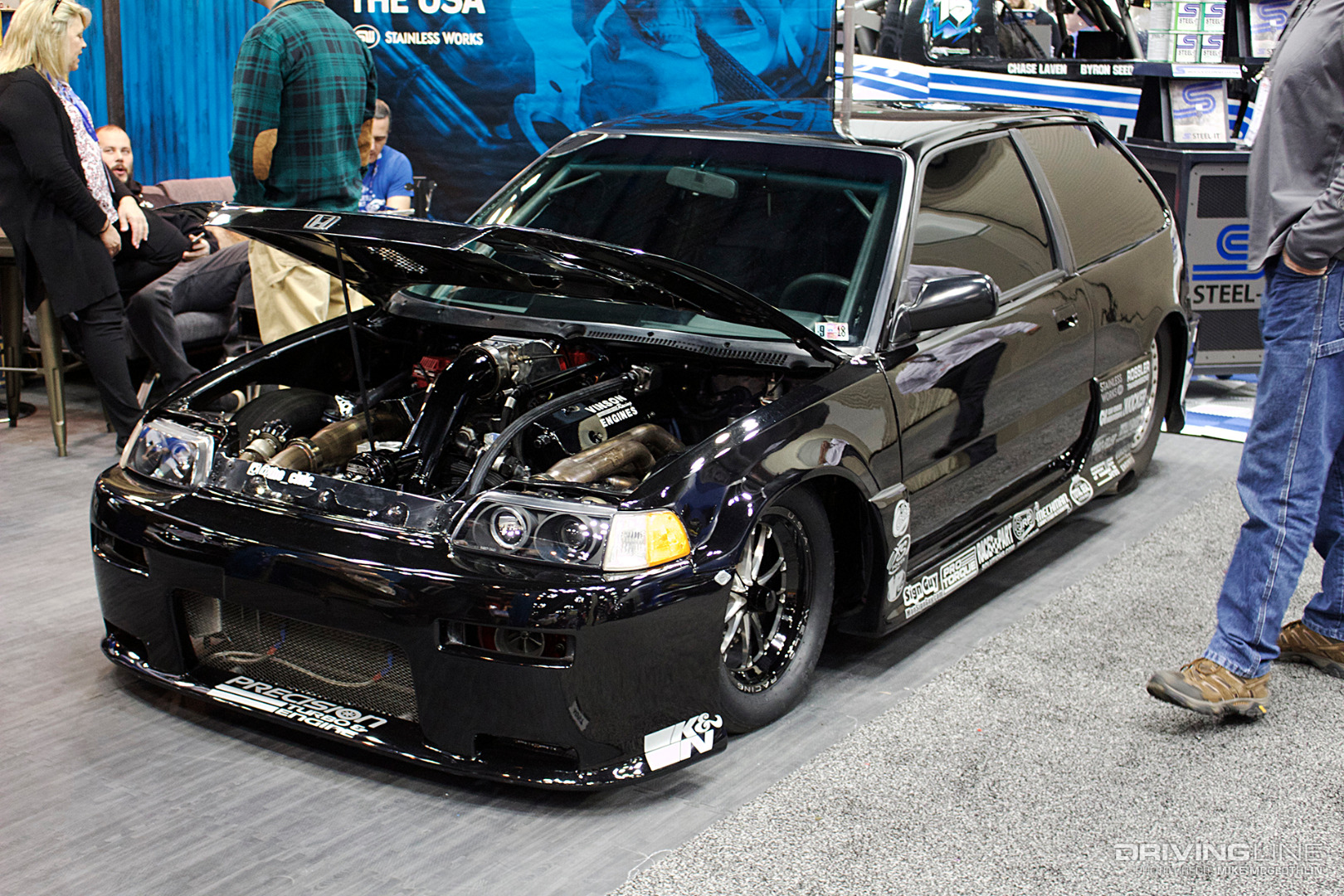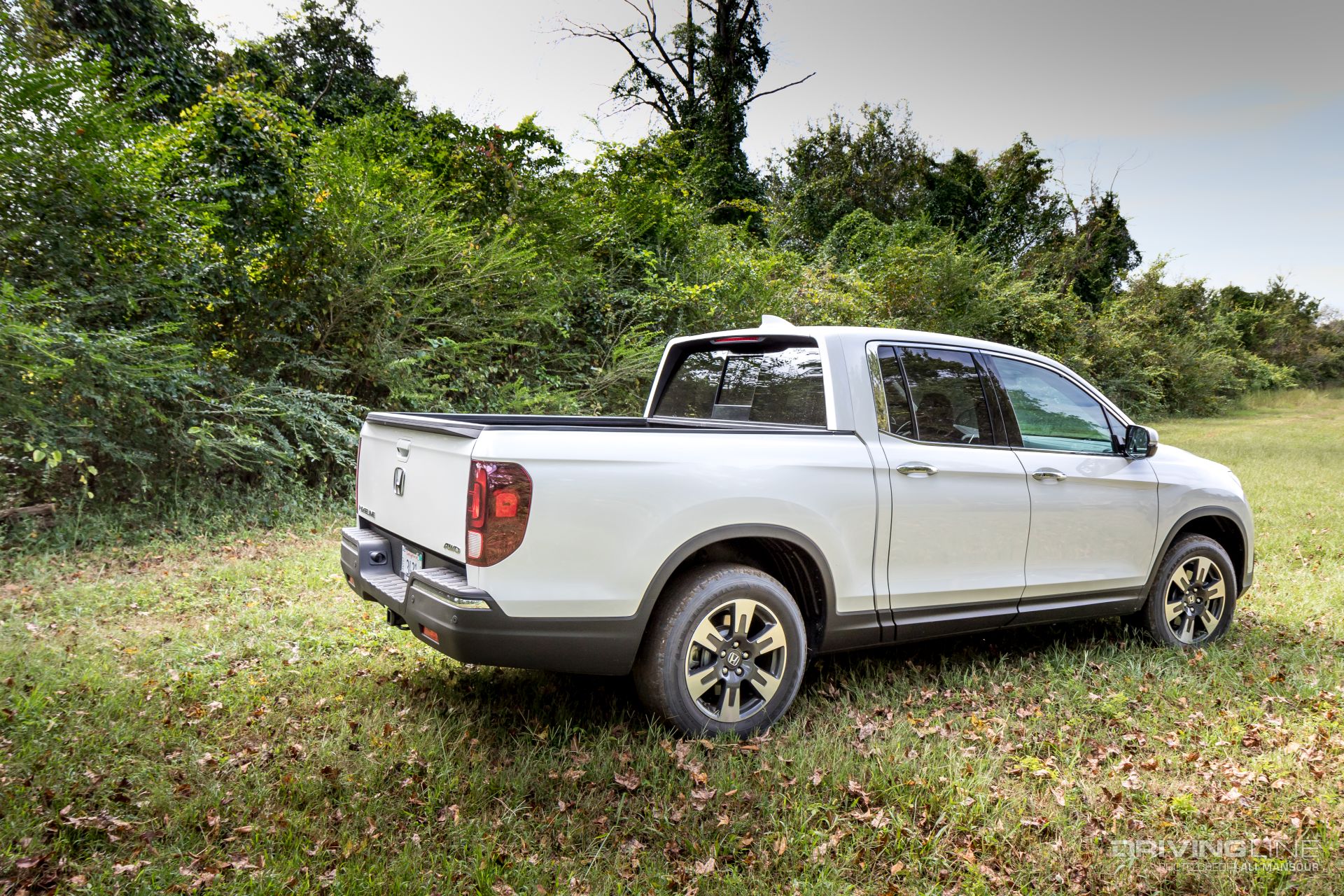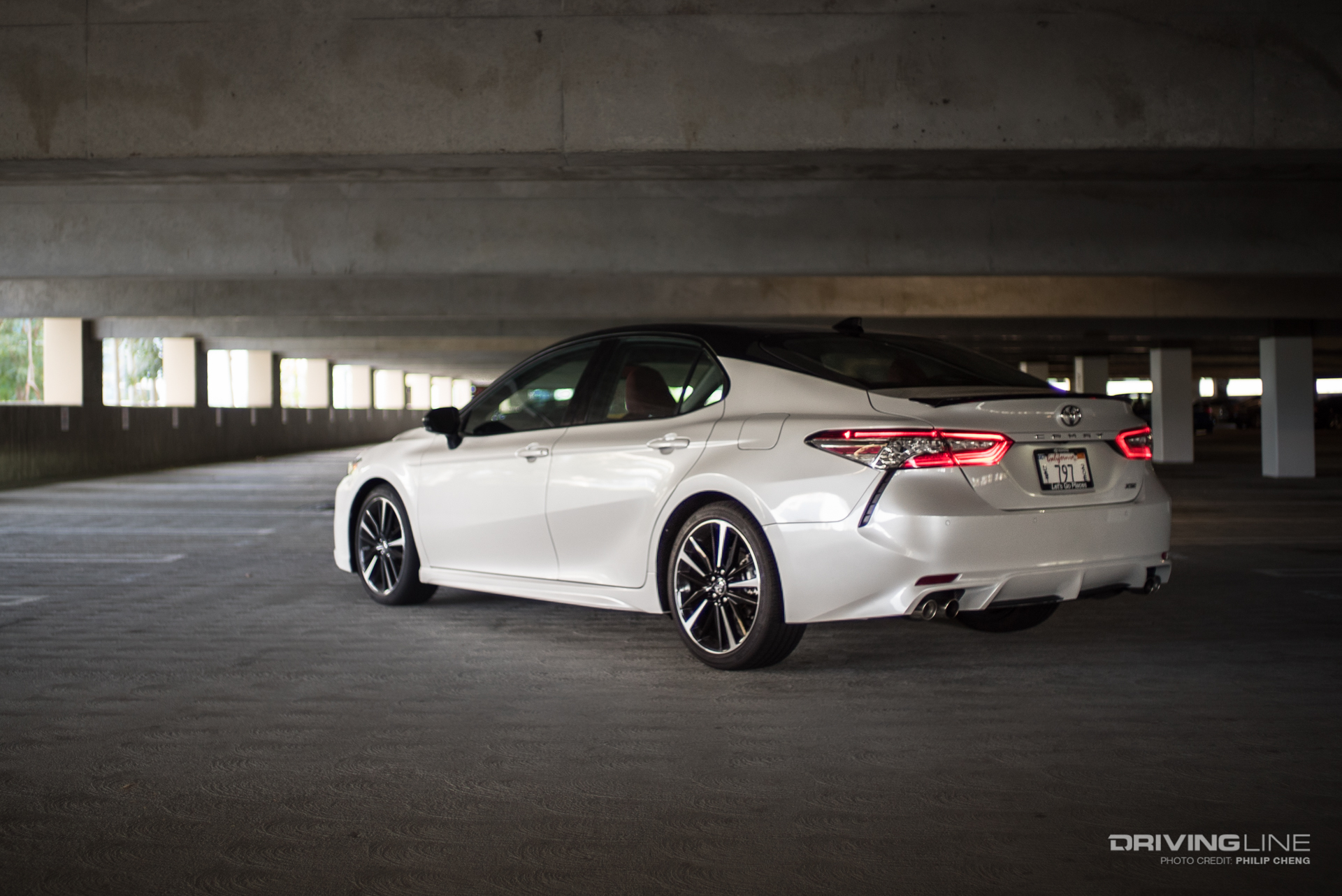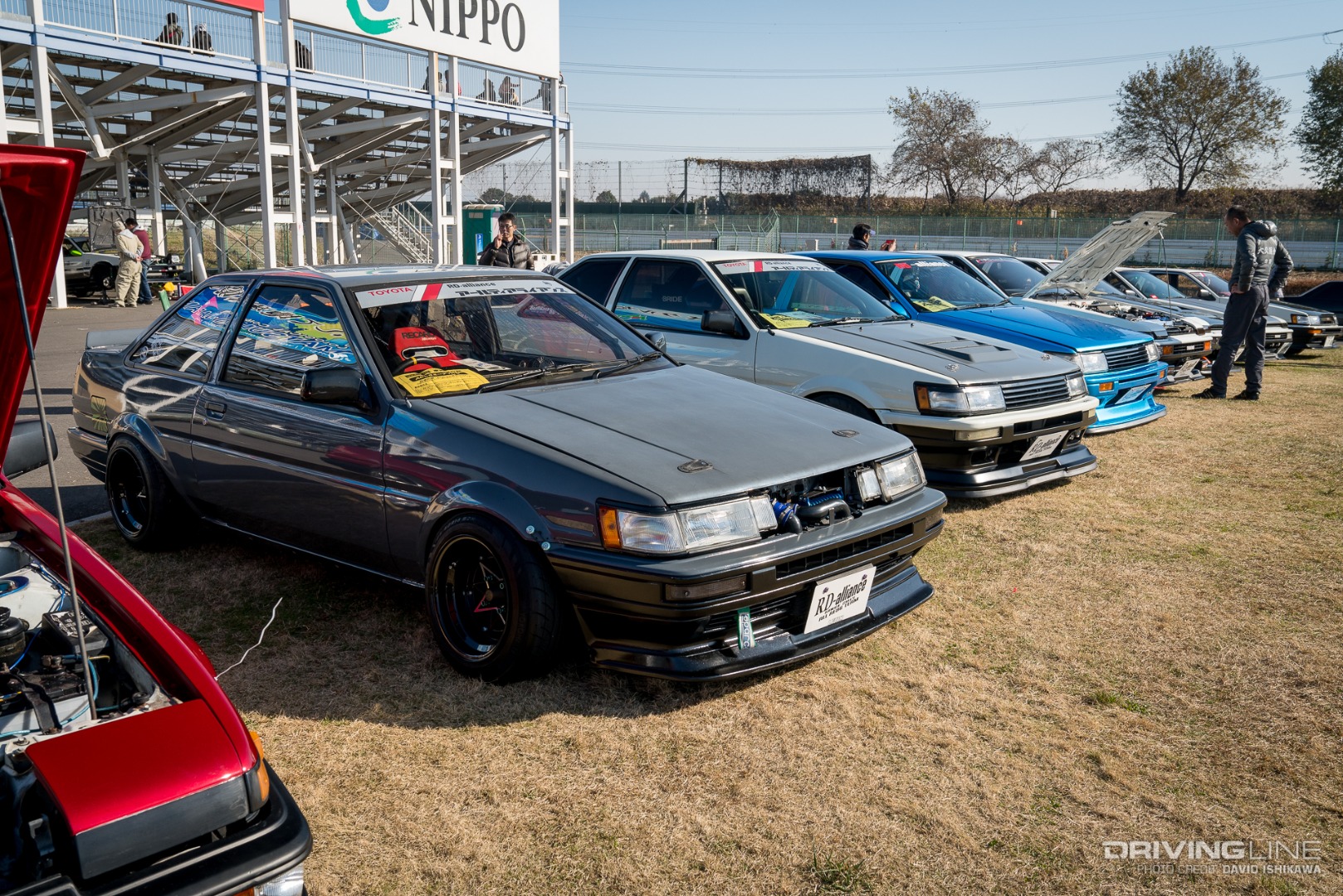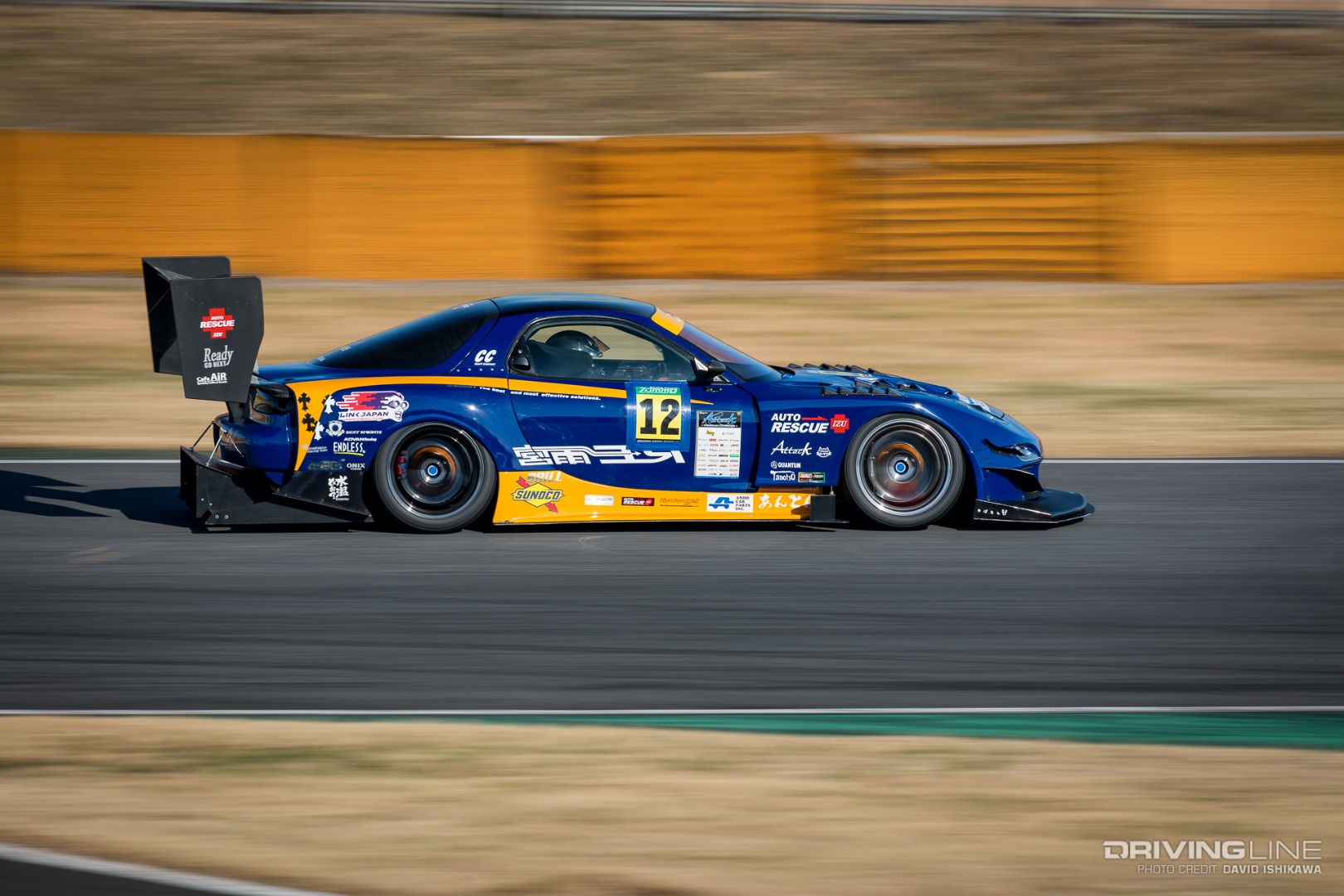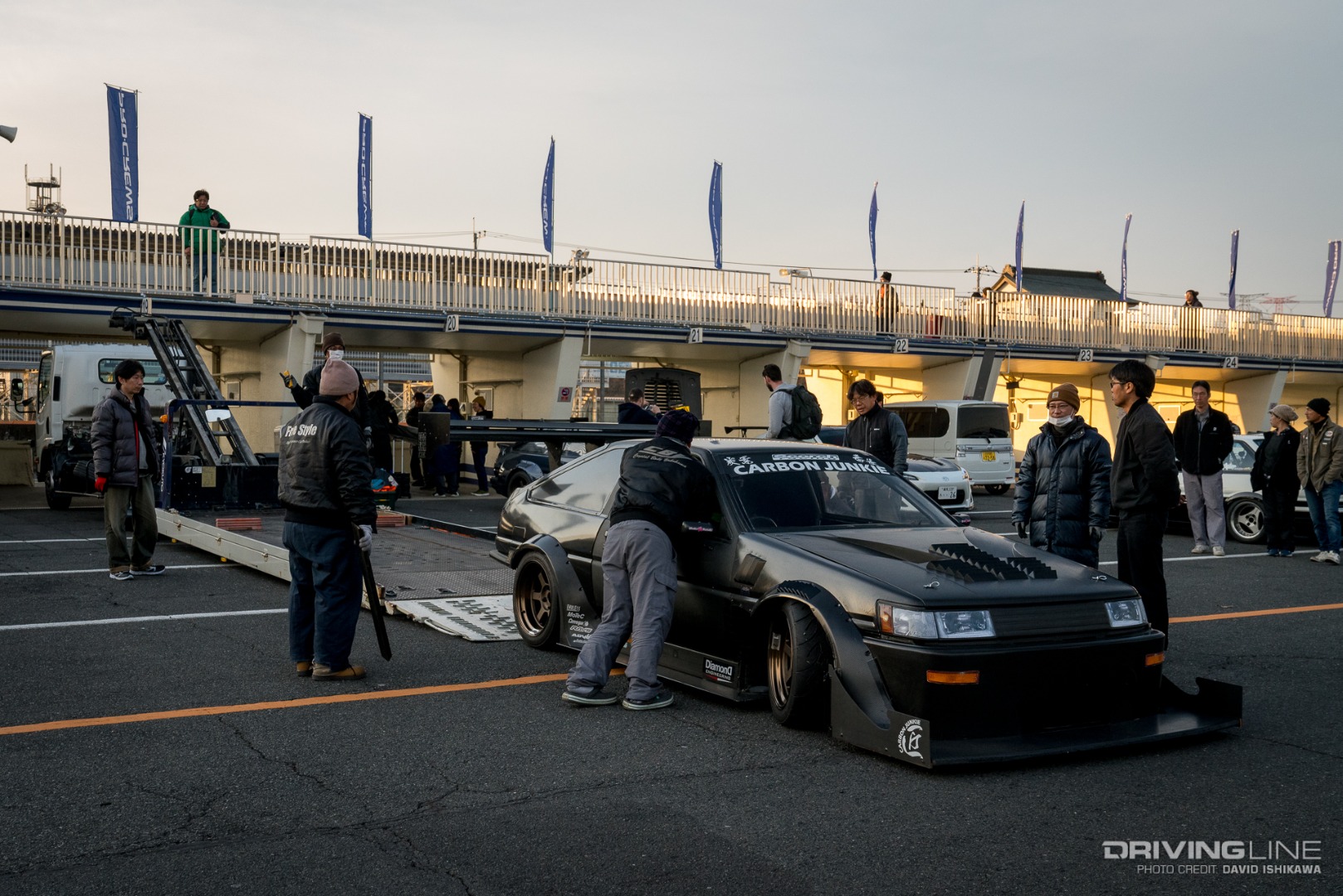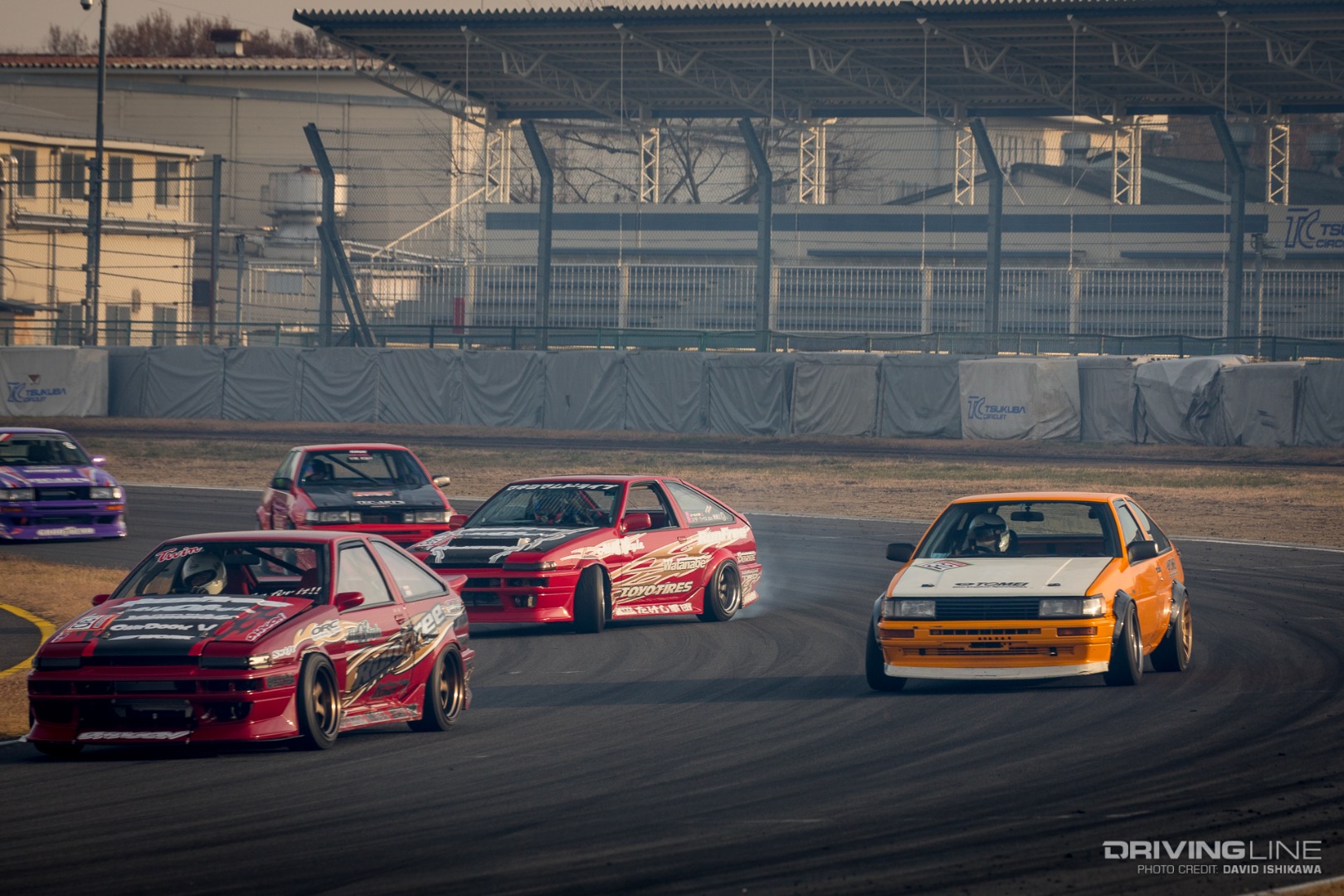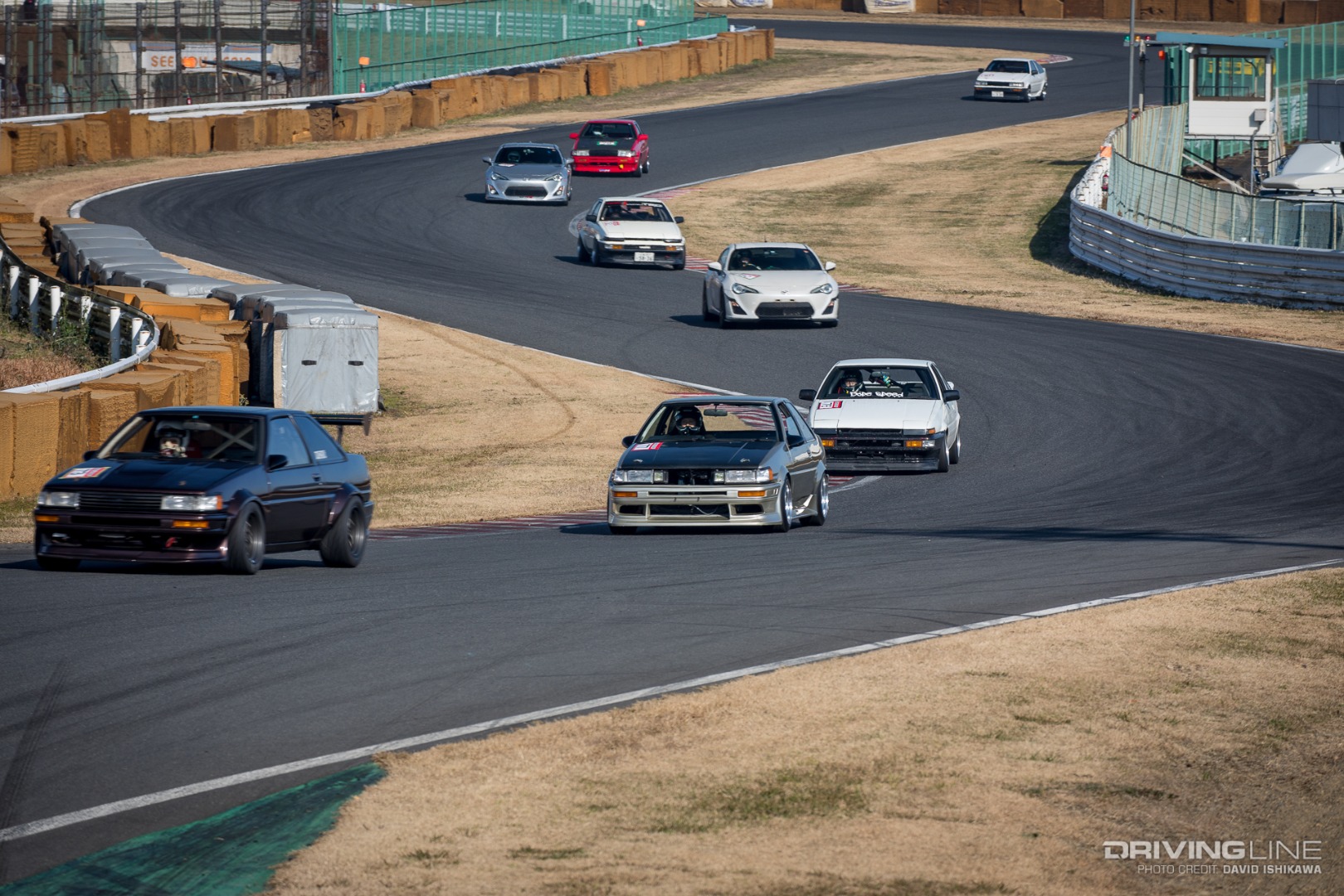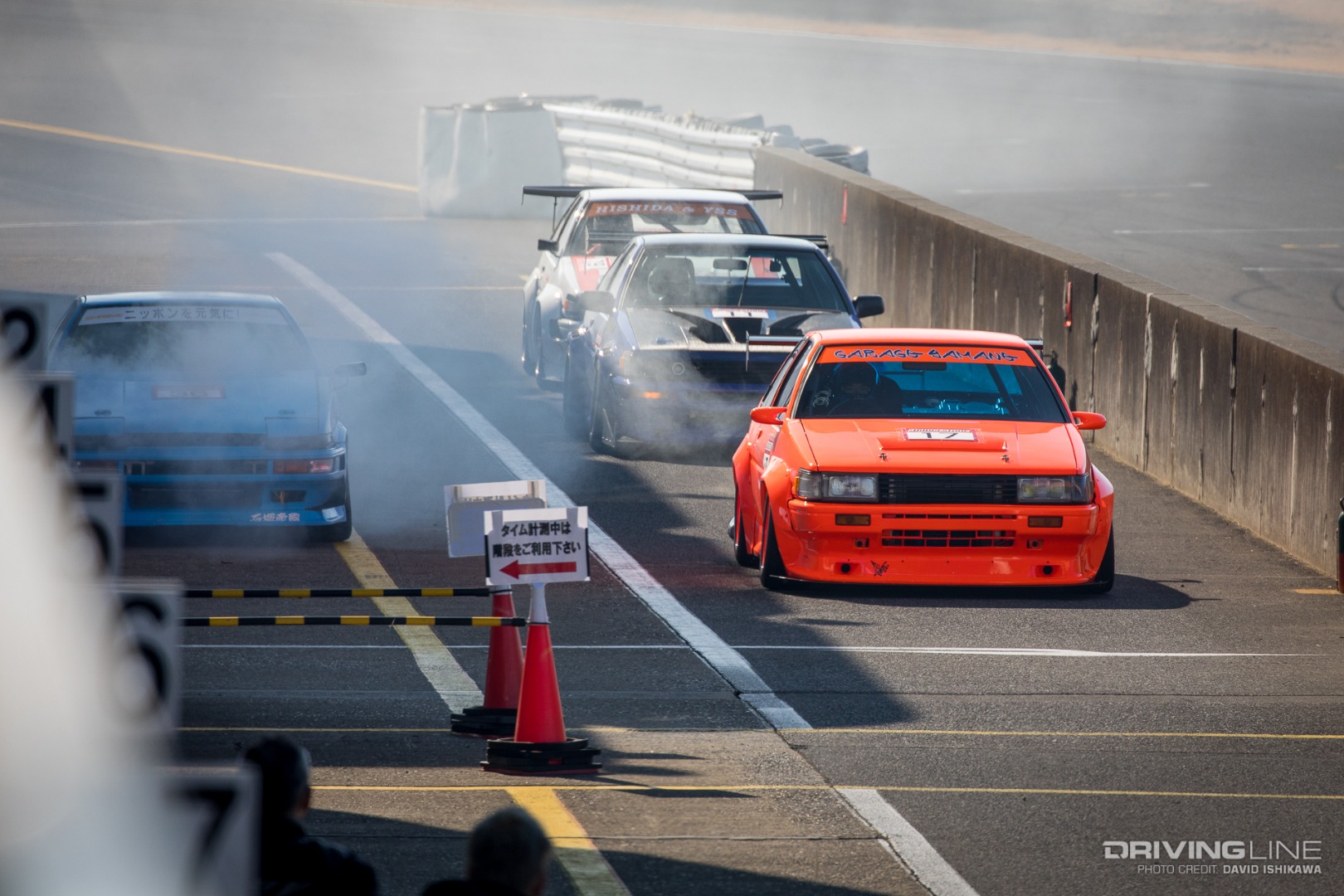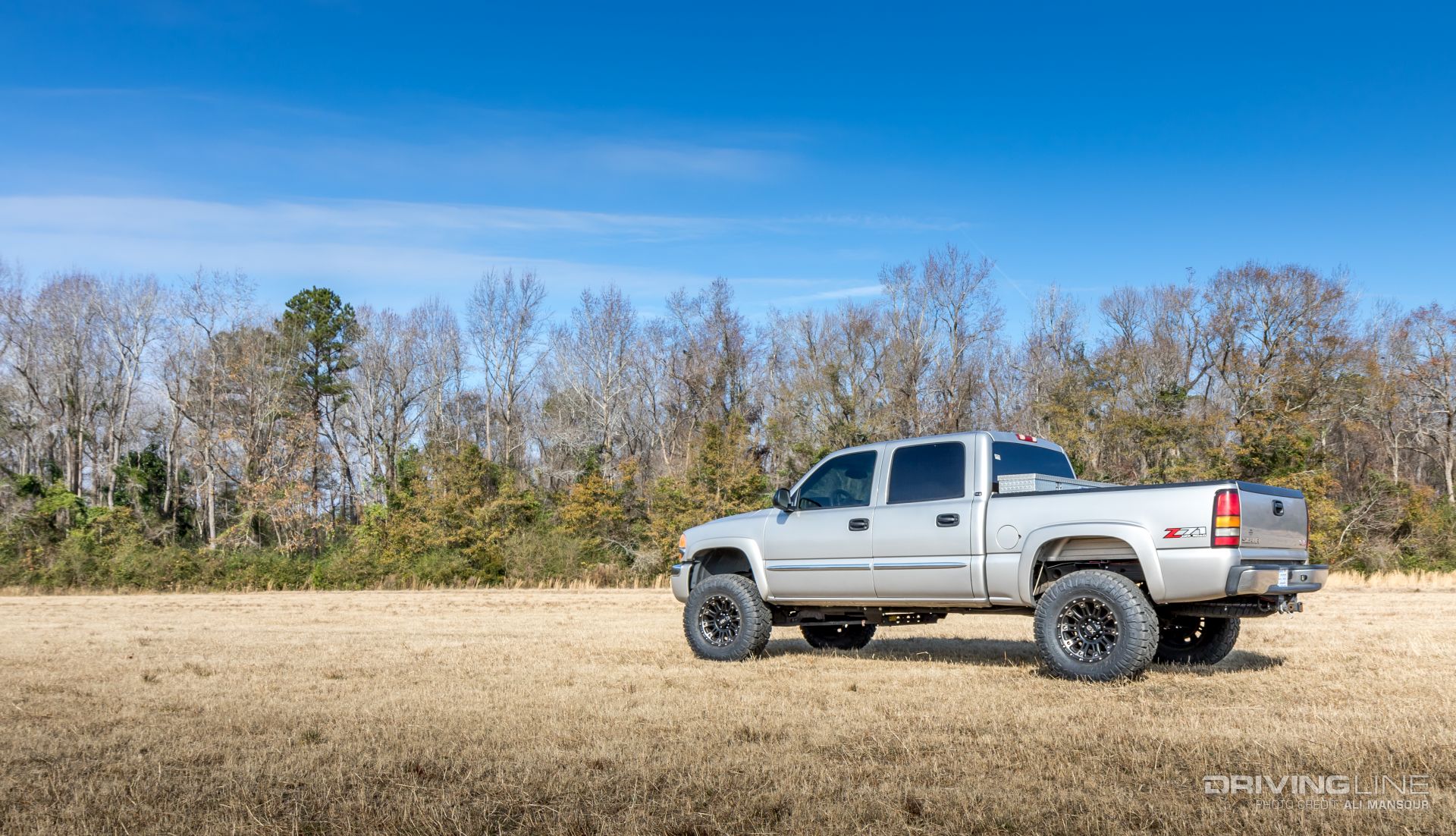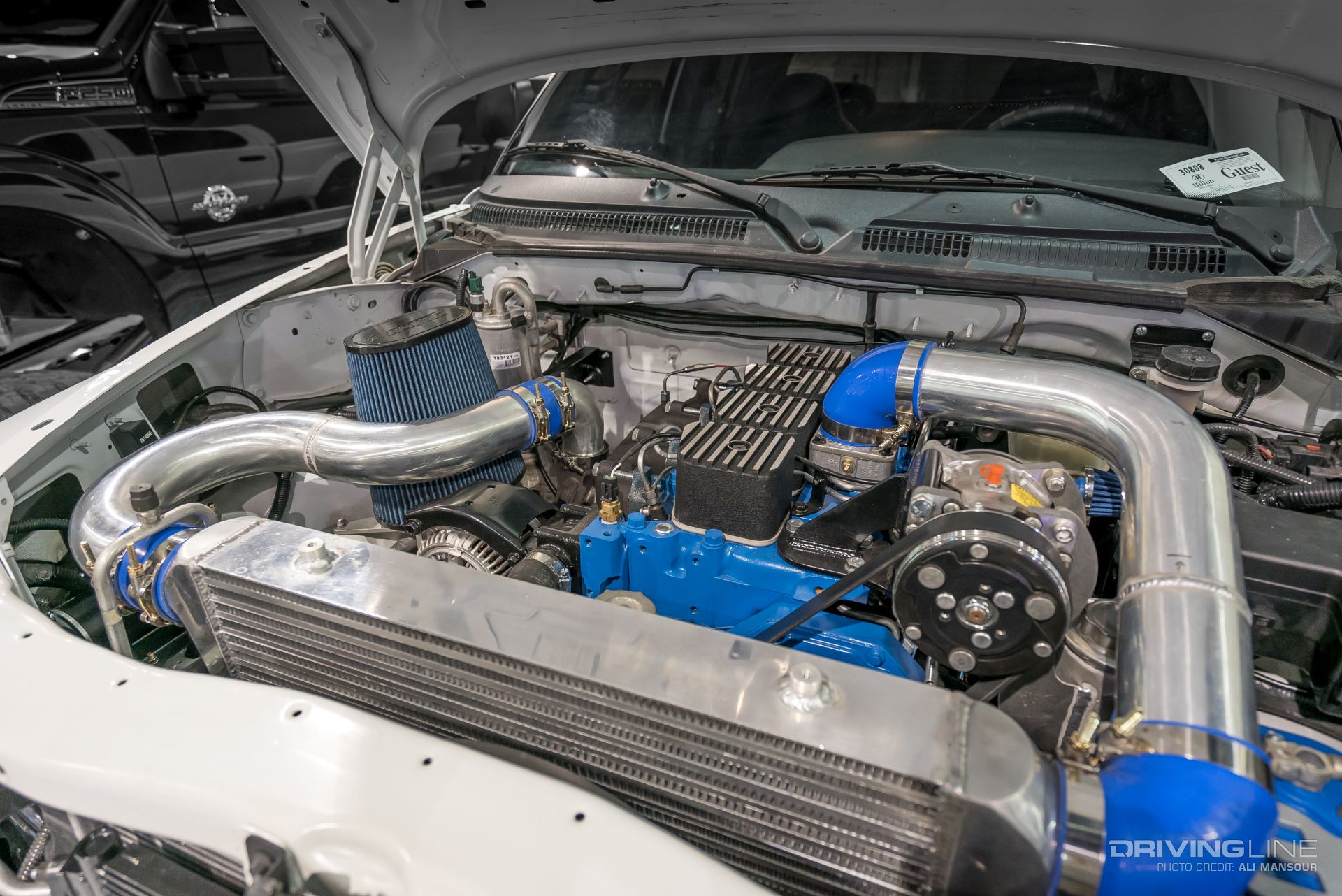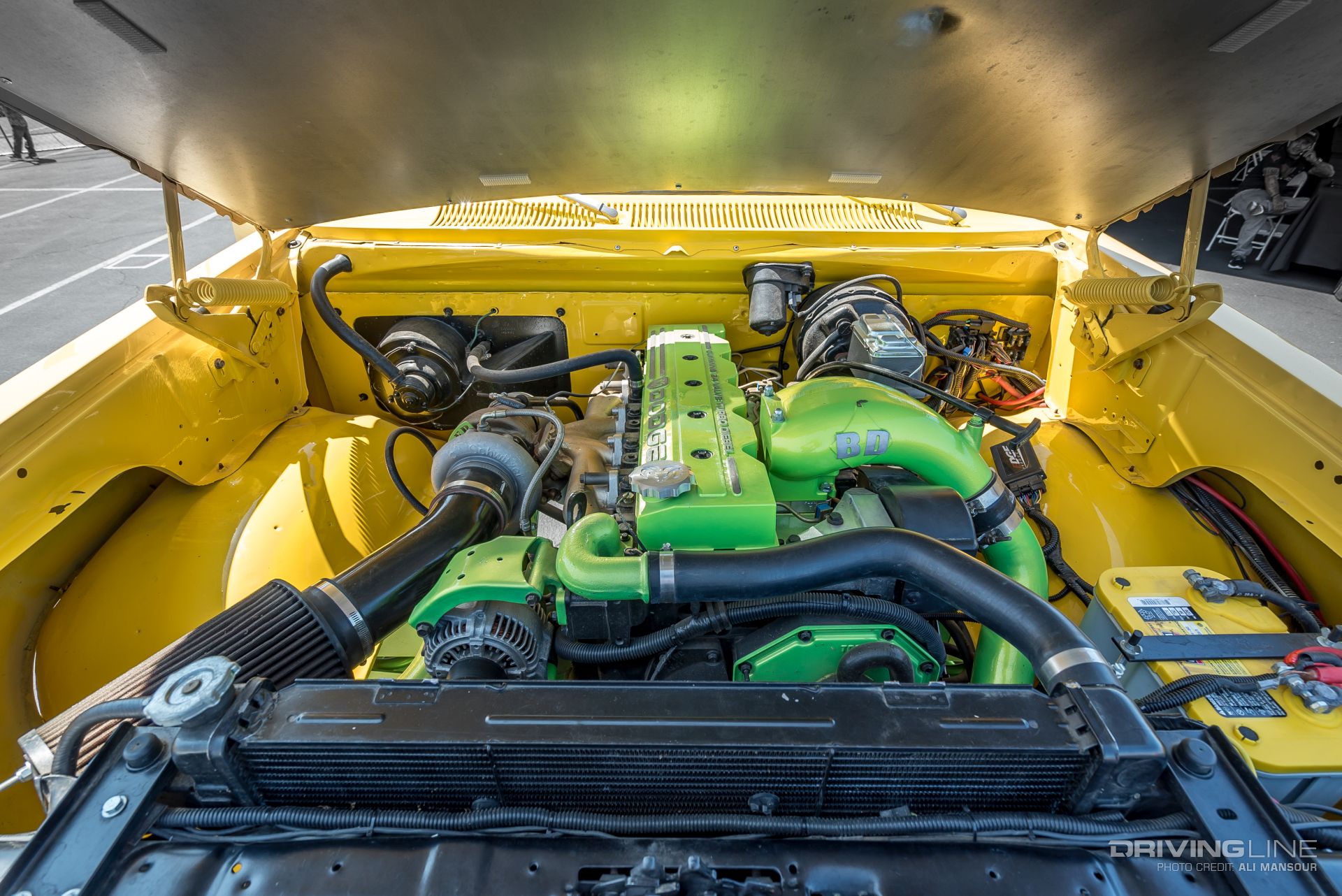One of the best ways to appreciate a modern car company is to look at their past offerings and see how they have shaped their present. Many modern cars' roots can be traced back to a single model that has stood the test of time, while other long-dead examples serve to inspire the new releases in spirit only. The annual Japanese Classic Car Show has become one of the greatest gatherings of classic Japanese vehicles, outside of Japan of course. For a truly classic connection to highlight some of the top Japanese automakers in the U.S., all of the photos below were captured through a unique lens - film!
Revisit some of these manufacturers legacies with us below.
Toyota
One can't talk about Japanese heritage without starting with the Toyota Landcruiser FJ40. Beginning production in 1951, the Landcruiser model is Toyota's longest running marque, with the FJ40 being the most popular vintage model and helping Toyota launch themselves into the U.S. market. The modern Landcruiser, Lexus LX, Lexus GX, Tacoma and 4Runner can all trace their roots back to this 4x4 giant.

Toyota's RA29 Celica was a model that successfully blended contemporary muscular styling with the performance expected from a Japanese GT. While not the original Toyota sports car, the FR layout and fastback looks can be seen from the Toyota 86 to the incredible RC and LC coupes from Lexus.
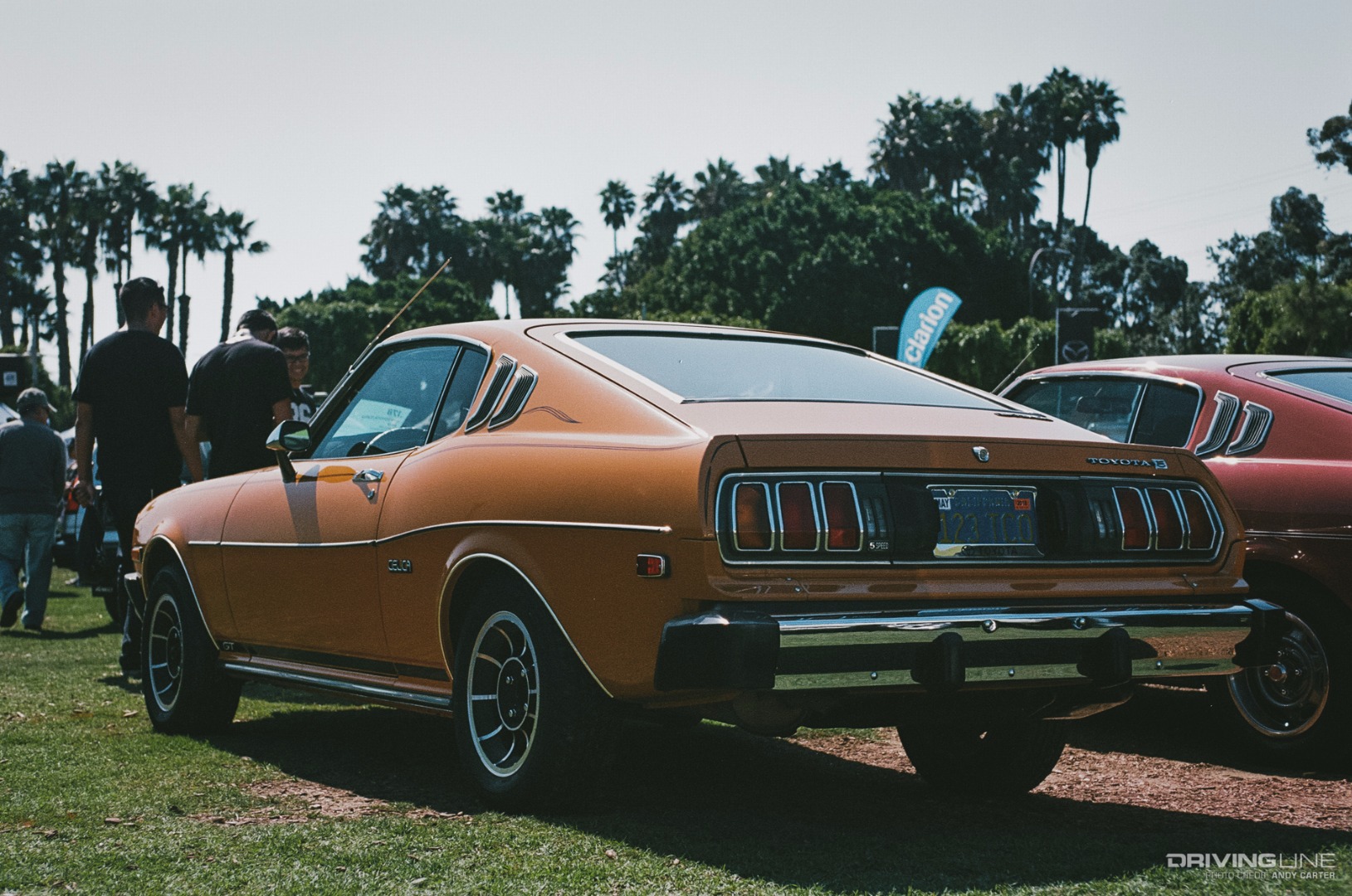
The domination of small SUV's in today's market can be traced back to the quirky four door hatchbacks of the '80s. This 4WD Tercel wagon could been seen as a predecessor to models like the C-HR and larger RAV4, offering high-riding utility in a small, efficient package.
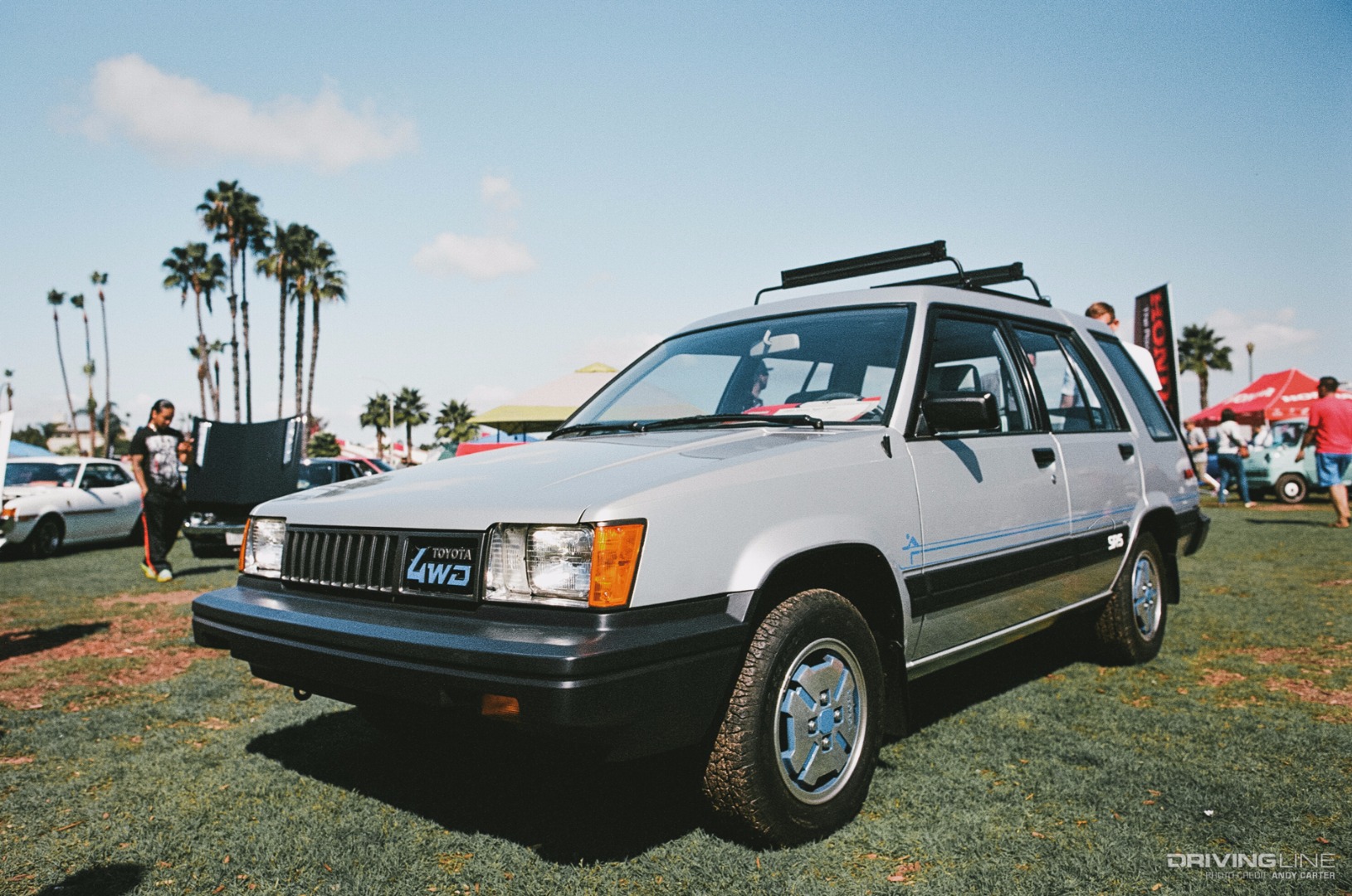
Honda
The Honda City is the perfect example of Honda's ability to design small vehicles with creative interior packaging. Created with the idea of housing the small Motocompo scooter in the hatch, current model's like the Fit and HR-V owe their brilliant packaging to these forward-thinking designers of the '80s.
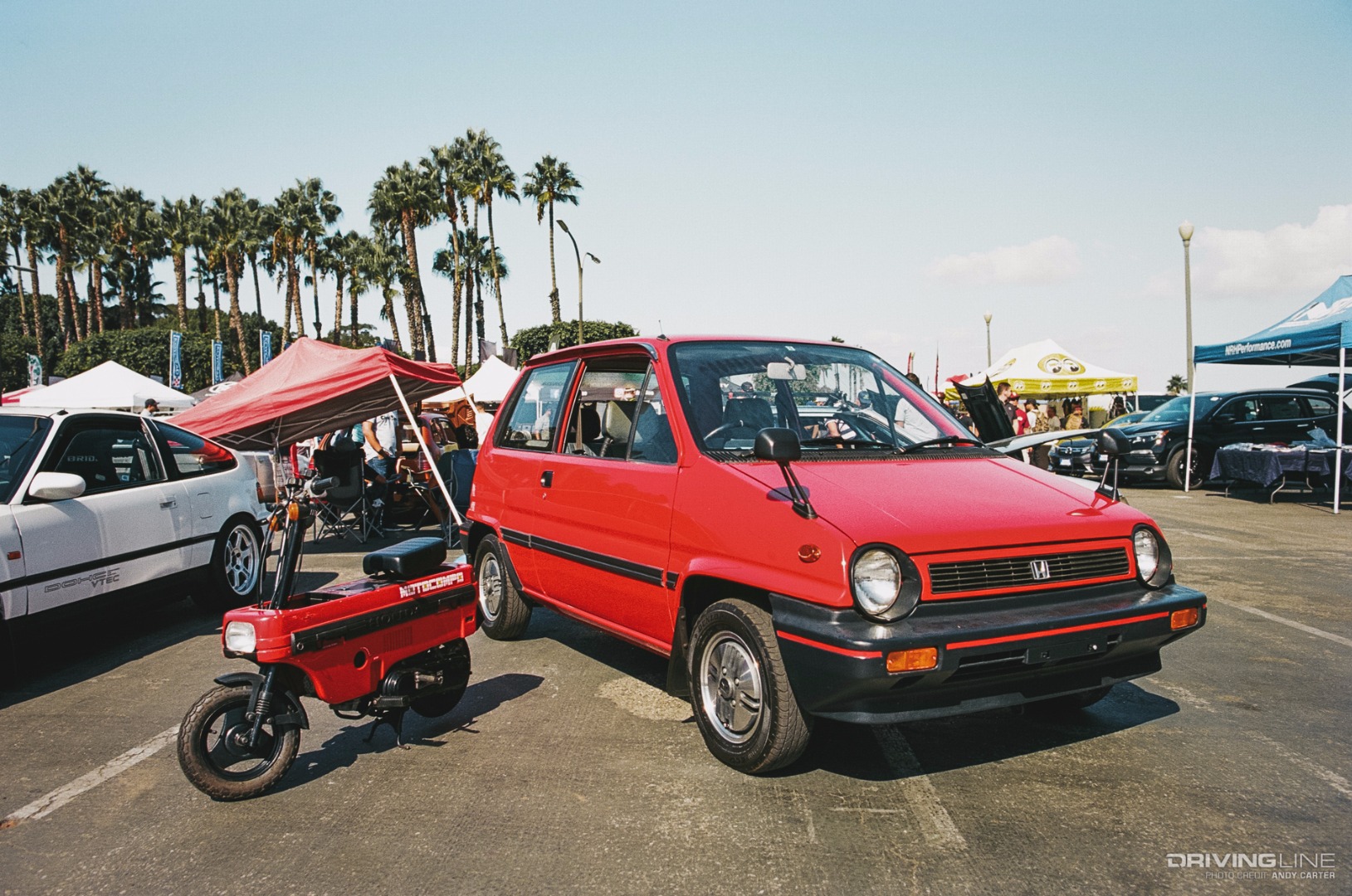
While Honda has never been known as a pick-up truck manufacturer, the T500 pickup was a follow-up to the company's first production automobile, the T360. All of the models were painted this non-metallic Moss Green color. Although the modern Ridgeline is a completely different vehicle, it isn't without precedent!
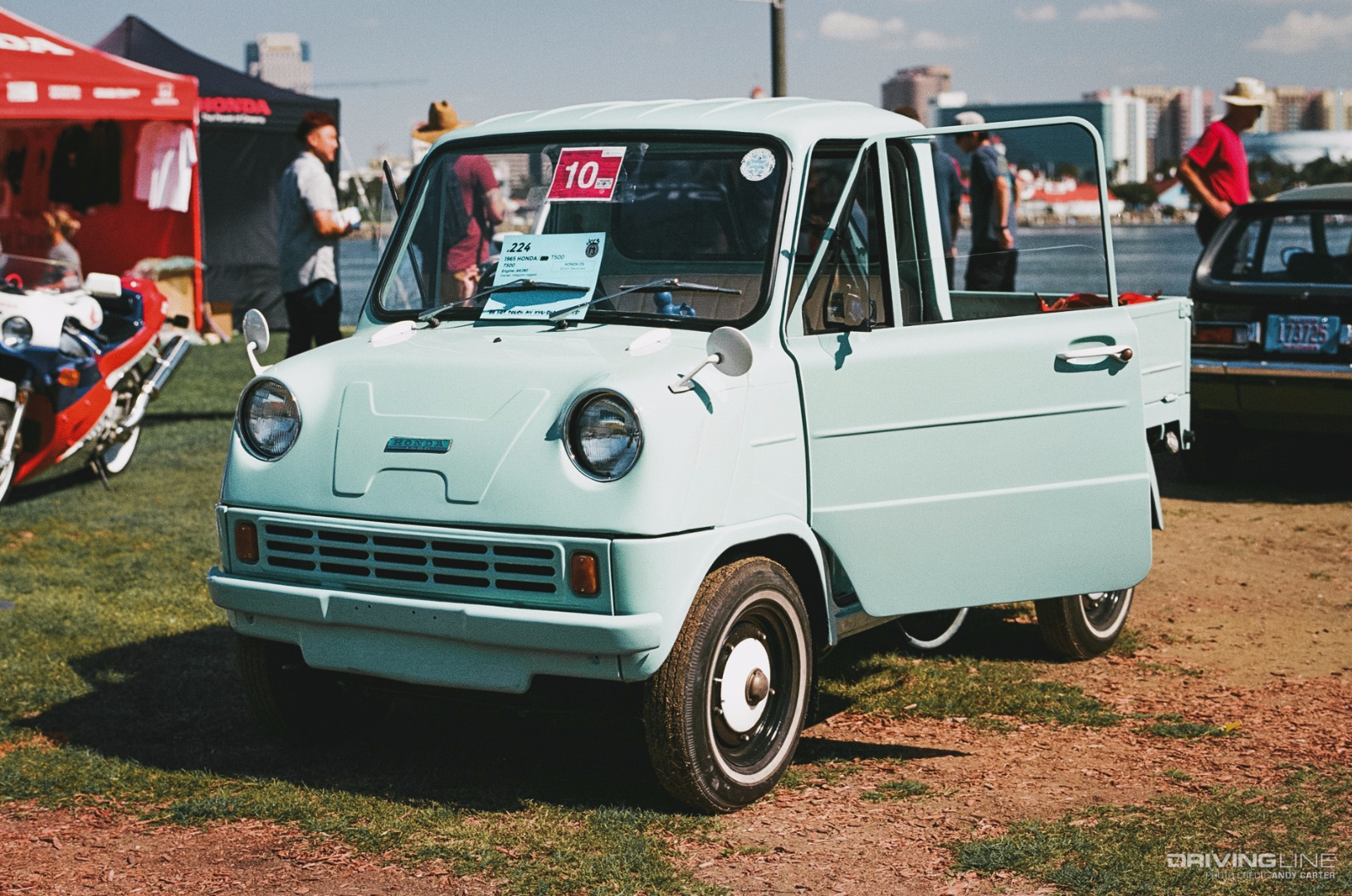
The Z600 was Honda's first go at a "sporty coupe". Although the S model convertibles had channeled the brand's motorsports side before, the Z was more of a warmed over N600, Honda's small passenger car. This approach is still evident in the company's Civic Si and new Accord Sport 2.0, giving customers reliable transportation with a little bit of sport thrown in the mix.
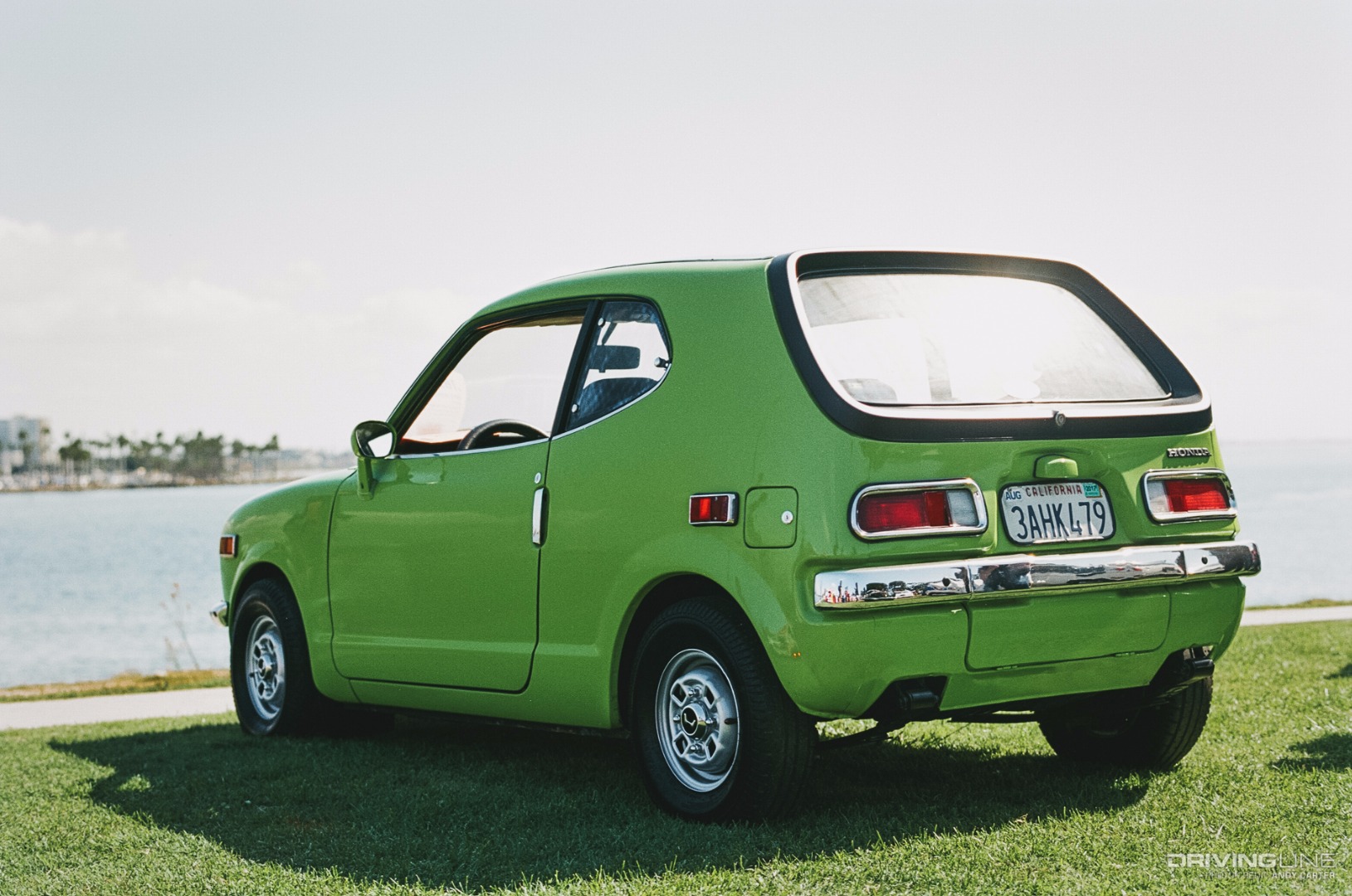
Mazda
The first generation Mazda Cosmo is the vehicle that launched Mazda's Wankel engine. The rotary engine was cemented in the brand's heritage with the RX series of sports cars. While there is currently no model in production that uses the unique powerplant, the company's recent RX-Vision concept shows that they haven't forgotten its roots.

While the Miata needs no introduction, its importance in the sports car market cannot be understated. Released in 1989, the roadster remixed the classic British formula into something for the modern age. Mazda's ND model continues to represent the line today and is closer to the original's philosophy than ever!

Mazda's 767B racecar is an incredible reminder that more Mazda vehicles are raced each year than any other brand. The company has made sure that this philosophy has permeated through the brand's consumer offerings, with each model generally receiving marks for being the "driver's car" of their respective segment.
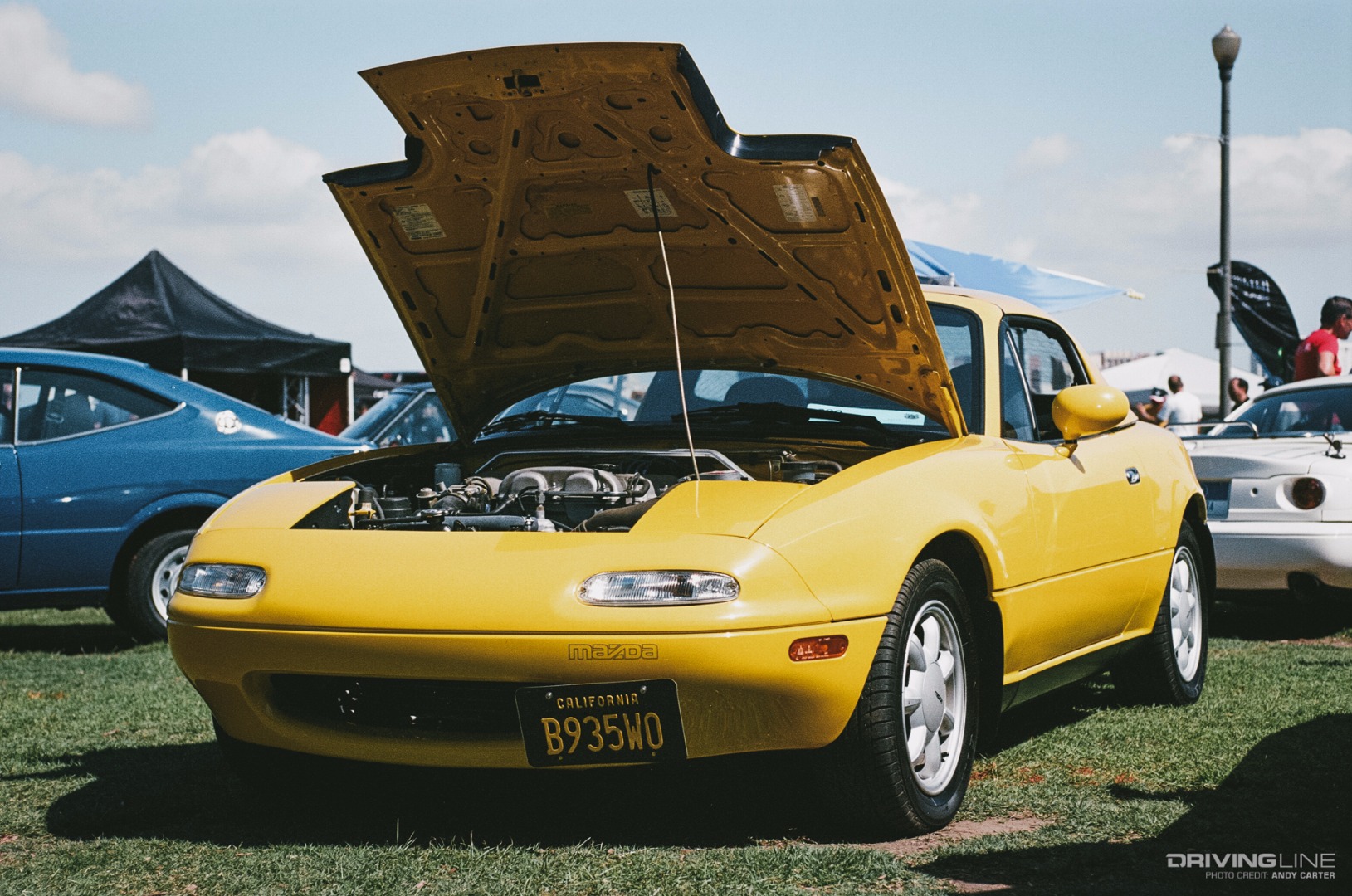
Nissan
The Nissan Altra, produced between 1998 and 2002, was the first production vehicle to use lithium-ion batteries. While the vehicle was limited to California, the lessons learned would allow Nissan to sell more than 250,000 worldwide, more than any other highway-capable electric vehicle.

Although not the most popular of Nissan's Z cars, the 300ZX is the poster-boy for the '80s everyman's sports car. Released in 1983, the car featured the world's first production V6 engine, a setup that continues to be used by the company's current 370Z.
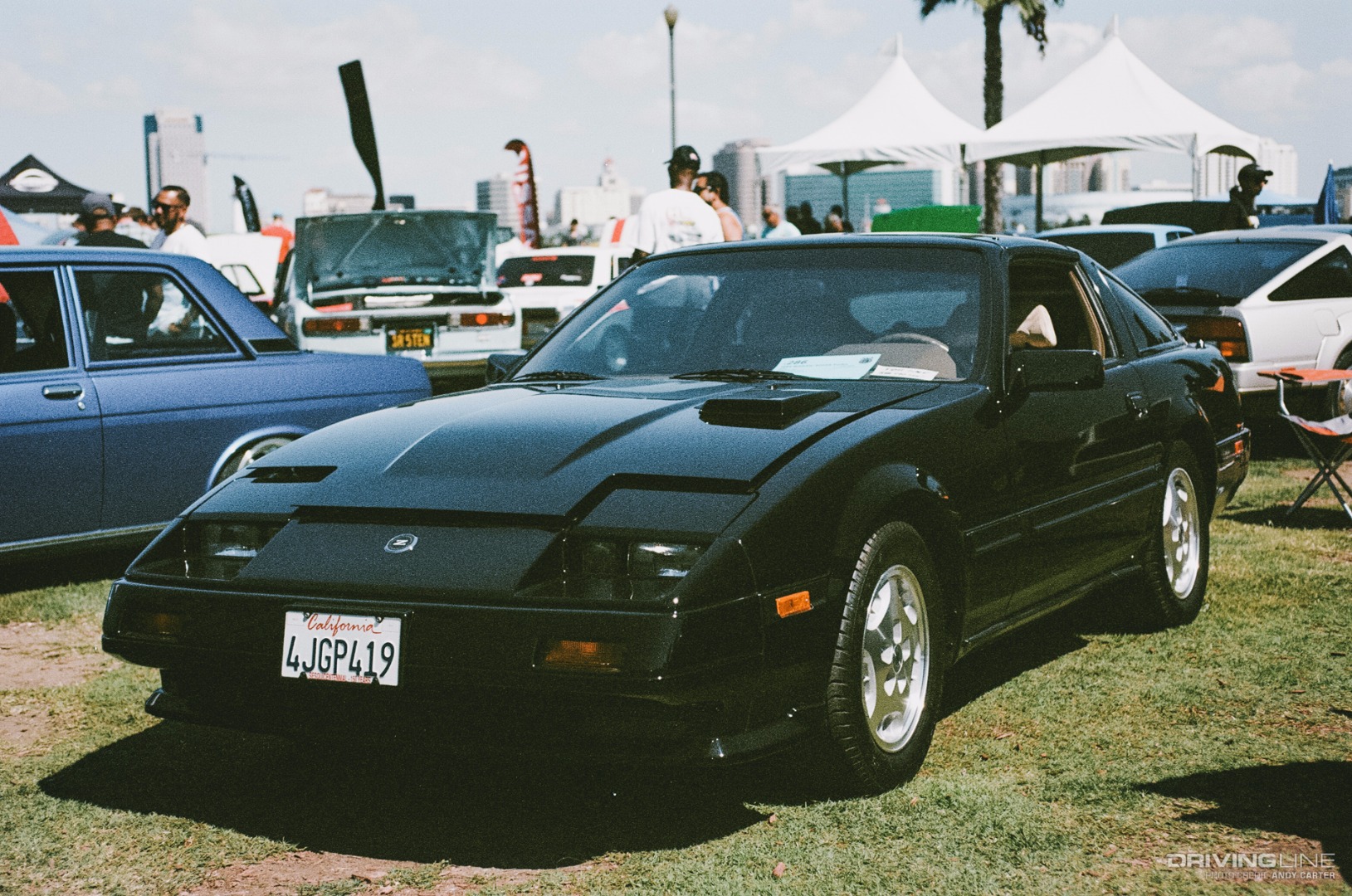
Although a Skyline has never officially been sold in the U.S., its role in America's love affair with Japanese cars is immense. From it's appearance in the Fast and Furious films, to the varied offerings in the Gran Turismo video games, America's forbidden love affair continues to this day as imported R32s become prevalent, and clean hakosuka models, like this one, sell for supercar prices.
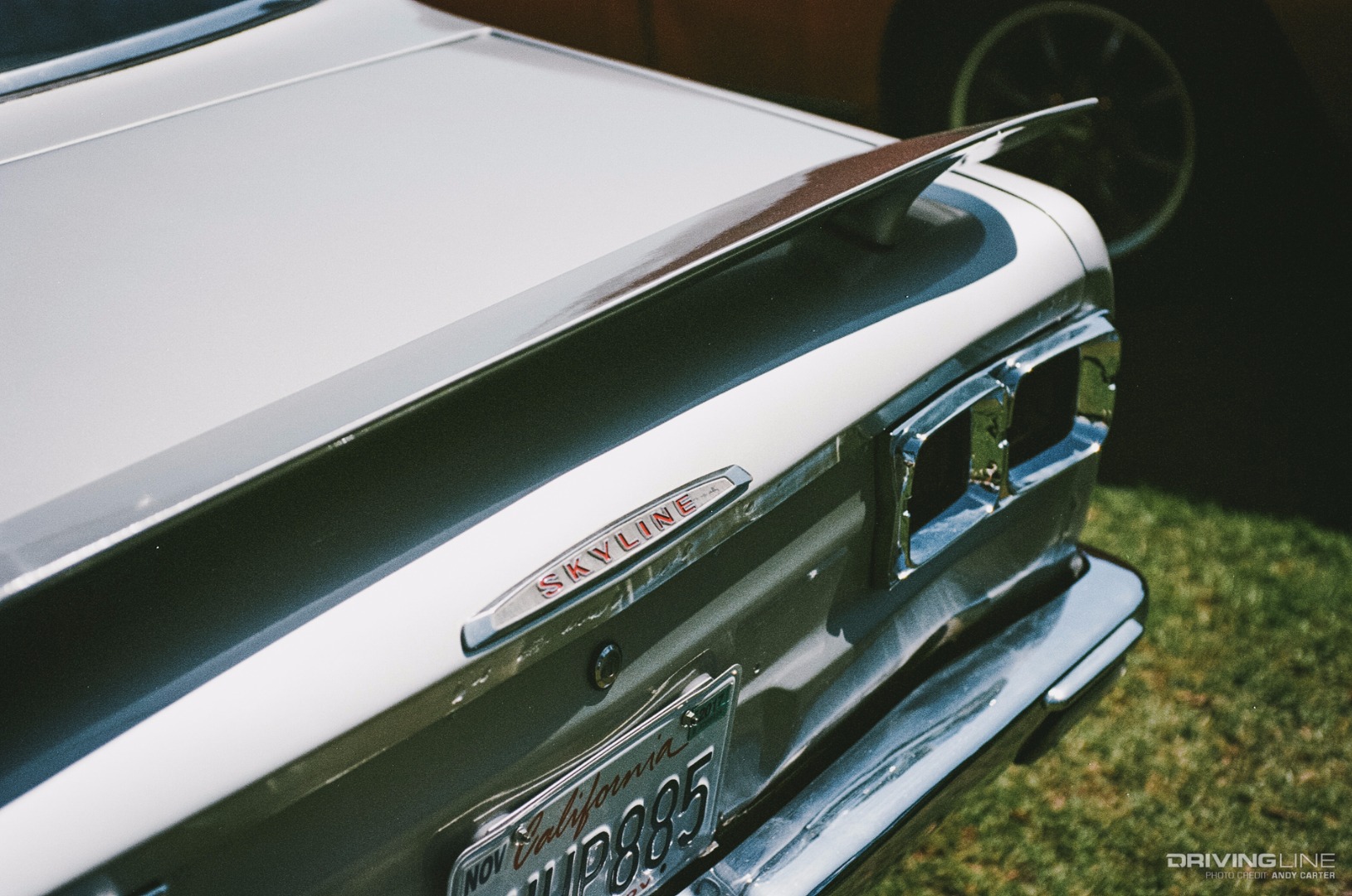









 All photos by Tim Sutton.
All photos by Tim Sutton.









